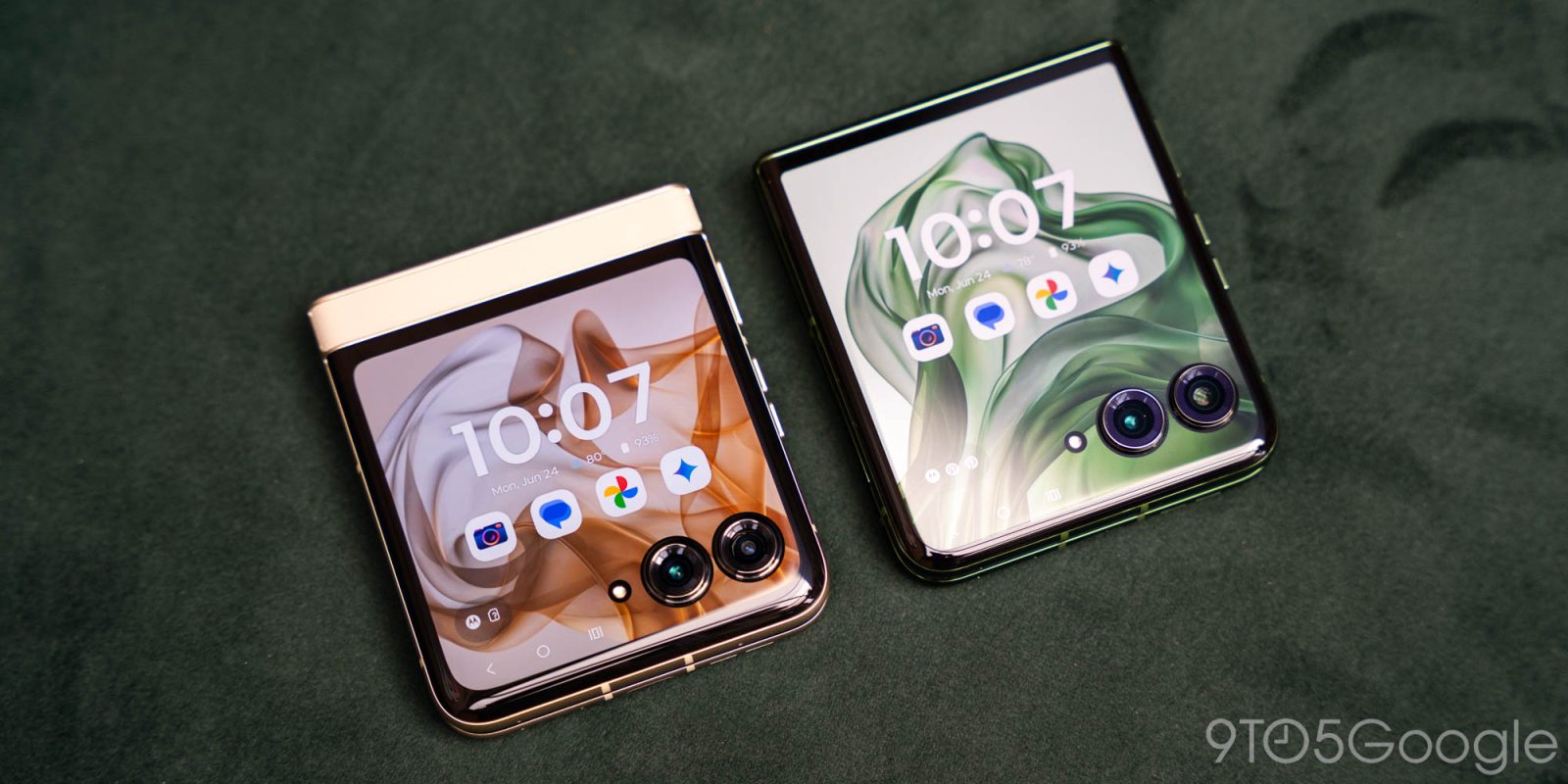
Motorola’s next-gen Razr and Razr+ (2024) are now public, and they’re a duo of flip phones that improve on some of the best features of two foldables that needed some fine-tuning.
The original Motorola Razr and Razr+ foldable models were an exciting new venture for the company, which has recently proven that it is starting to become much more competitive in the Android market. Upon release, the Razr+ was quickly hailed as one of the best foldable foldables on the market, even in the face of slim competition. With the new Razr and Razr+ publicly announced, it looks like Motorola is looking to keep that feeling going.
The Motorola Razr and Razr+ (2024 edition) have a lot in common, and that’s a good thing for those looking for a more affordable device that brings much of what the Razr+ brought last year. It positions the Razr+ as the more capable phone, but leaves the base Razr with a large external screen, hinge, solid specs, and a design that stands out.
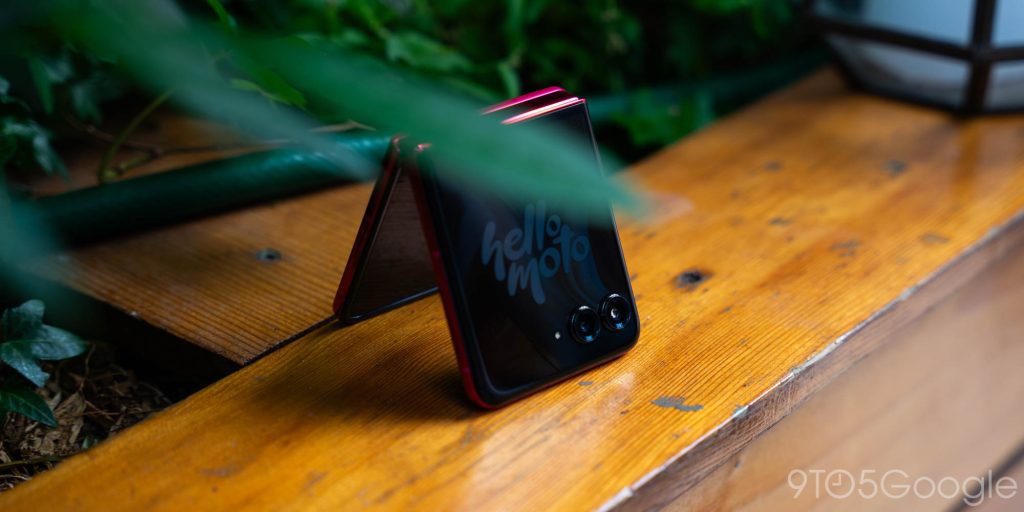
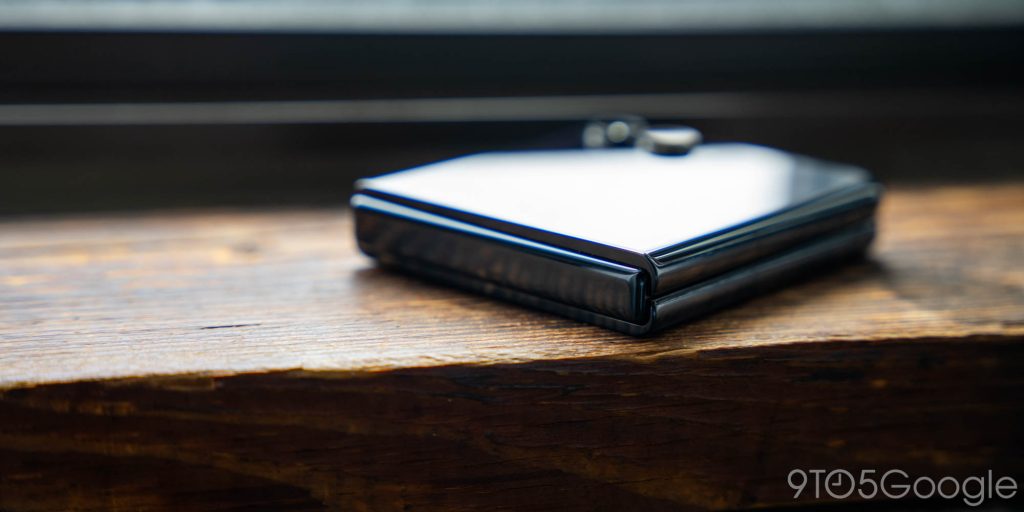
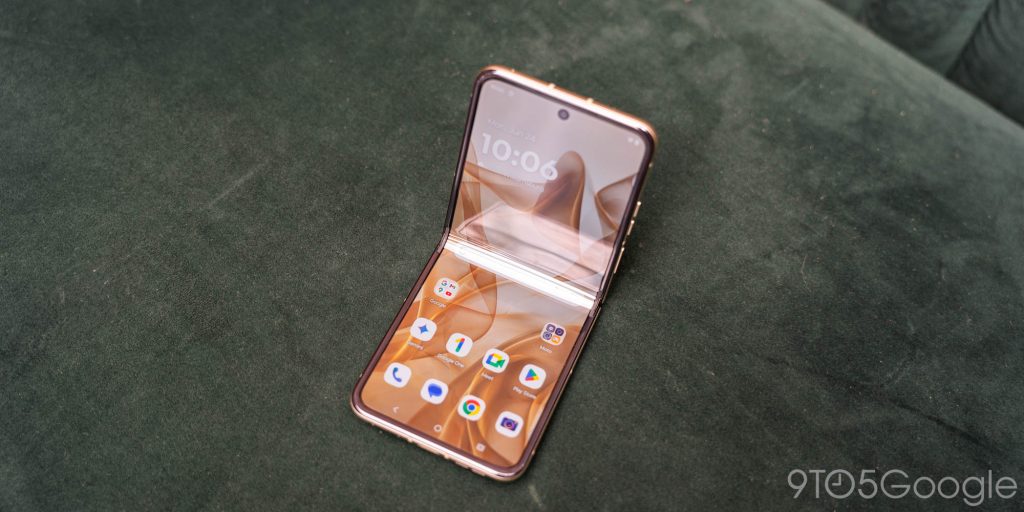
Motorola notes that the hinge on both phones has been redesigned to be more reliable and dust-resistant. It’s 30% lighter than the previous version and helps minimize the crease that foldables notoriously have. In our experience with each device, the crease was noticeably less visible from multiple angles, including from the side. There is certainly an improvement over the previous generation and, tentatively, over the competition. At certain angles where you would normally see a distinct crease, the crease is invisible. Hopefully this will hold up to hundreds of creases.
When it comes to software, the two are identical, even bringing Google Gemini as the official digital assistant on both devices. Gemini can be accessed by holding down the power button, whether you are on the internal or external display. My only gripe with Gemini’s otherwise solid implementation is the need to unlock the phone before activating Assistant. Generally, Google Assistant lets you make a request and require an unlock after submitting it, which I think is a simpler method of interaction.
Motorola noted that Razr and Razr+ users will get 3 months of Gemini Advanced for free, which is a good idea for a paid tier of Google’s AI.
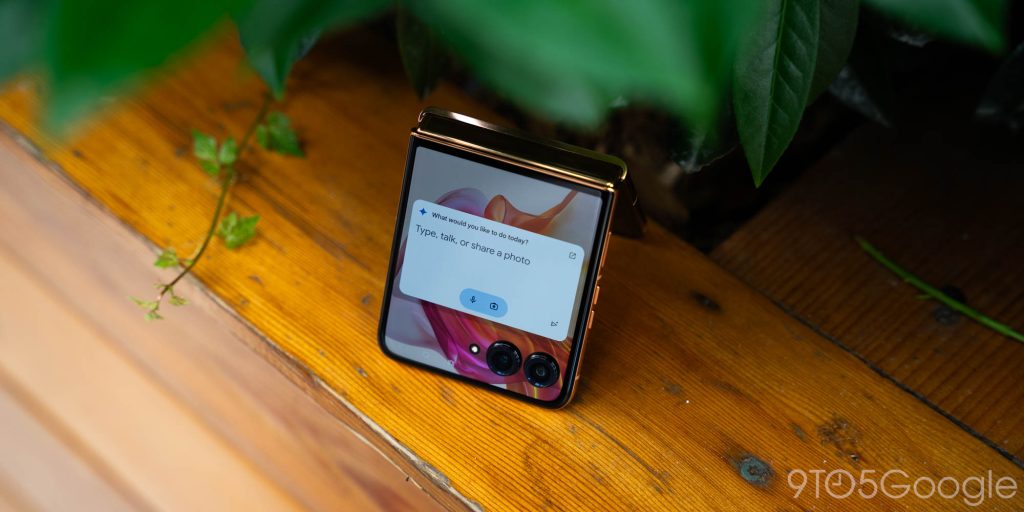
The Razr’s external display is what really makes the Gemini experience unique. Instead of the small panel used on last year’s model, the Motorola Razr 2024 features a larger 3.6-inch pOLED unit, just below the Razr+ and its 4-inch external display. The Razr is limited to 90Hz on the outer screen, while the Razr+ can reach 165Hz. Although both phones have the same silhouette, the base Razr is identifiable by its shorter outer screen, which echoes the design of the original Razr+.
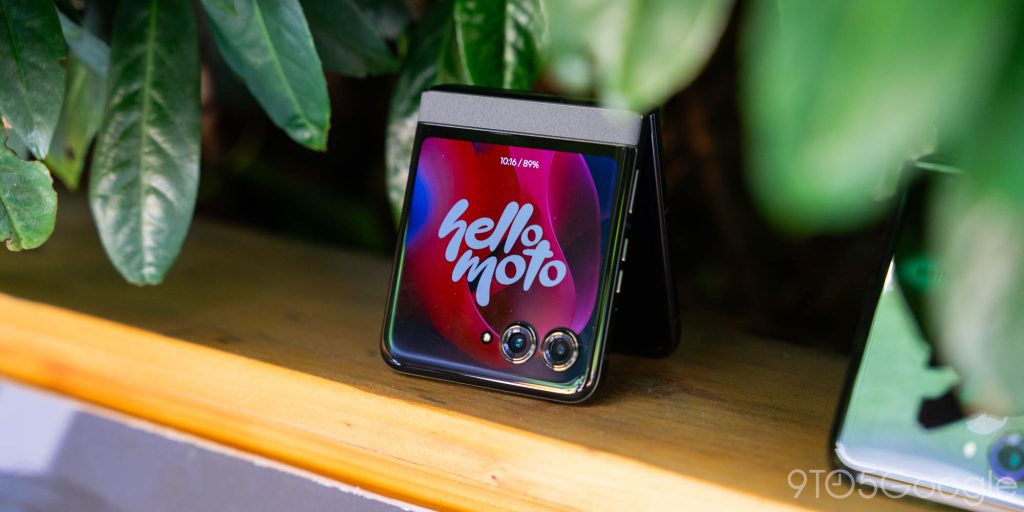
Motorola made it a point to make these displays compatible with just about every app on your phone instead of multiple OEM-developed apps that you’ll rarely use. The only major change here is the layout, with a special window tab to easily organize the apps you need. You can swipe to see more windows, which include all your apps, Motorola’s calendar, a widgets page, and more. Pinch to zoom out lets you see and easily access all your windows. We’ve opened up apps like Tidal, Google Maps, Gemini, and even Beeper just to make sure everything works well – it does.
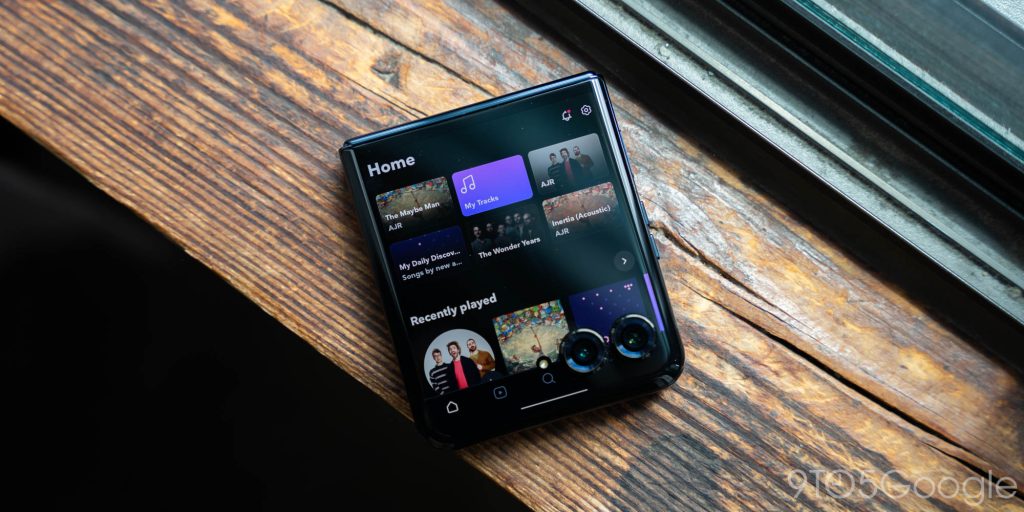
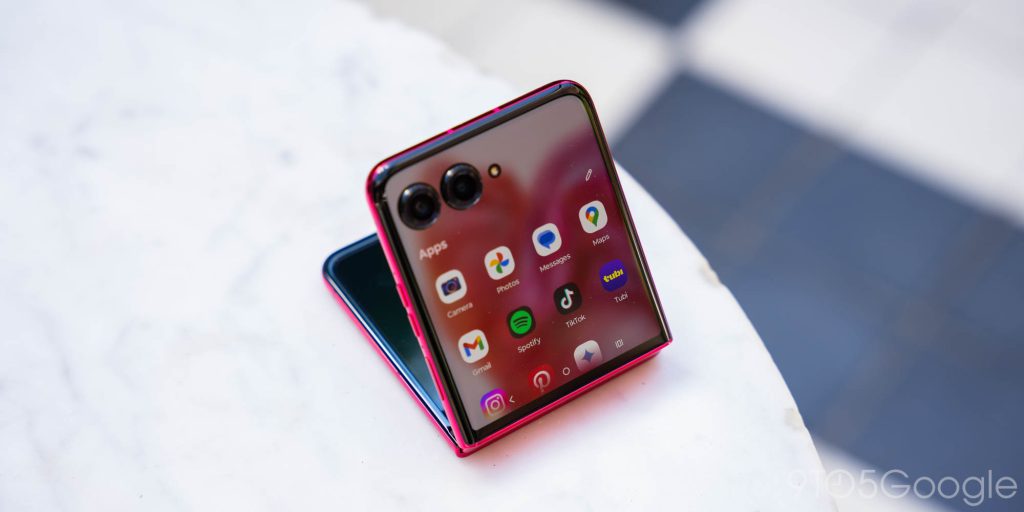
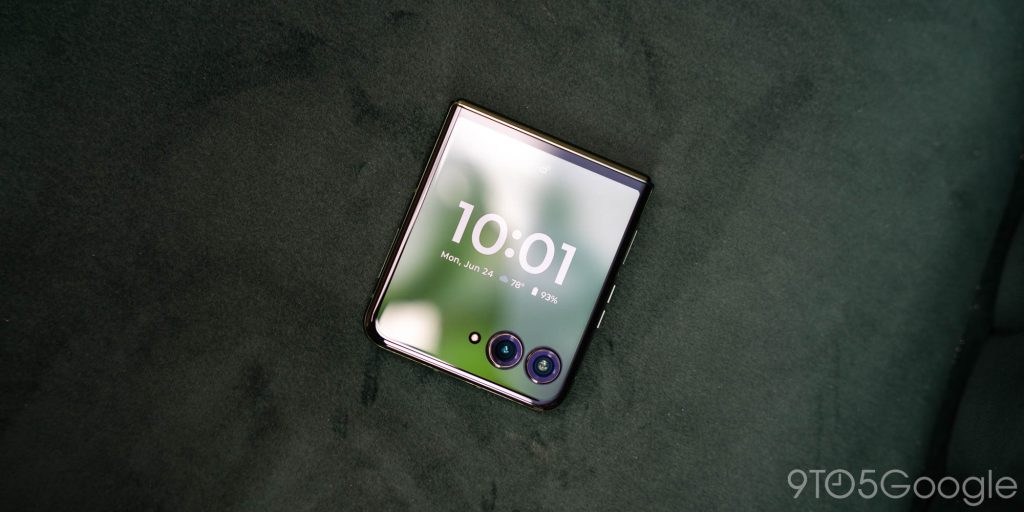
This is an external display that allows you to use your flip-style foldable in almost any capacity when closed. Better yet, the Razr and Razr+ now use an always-on display with customizable clock fonts and themes.
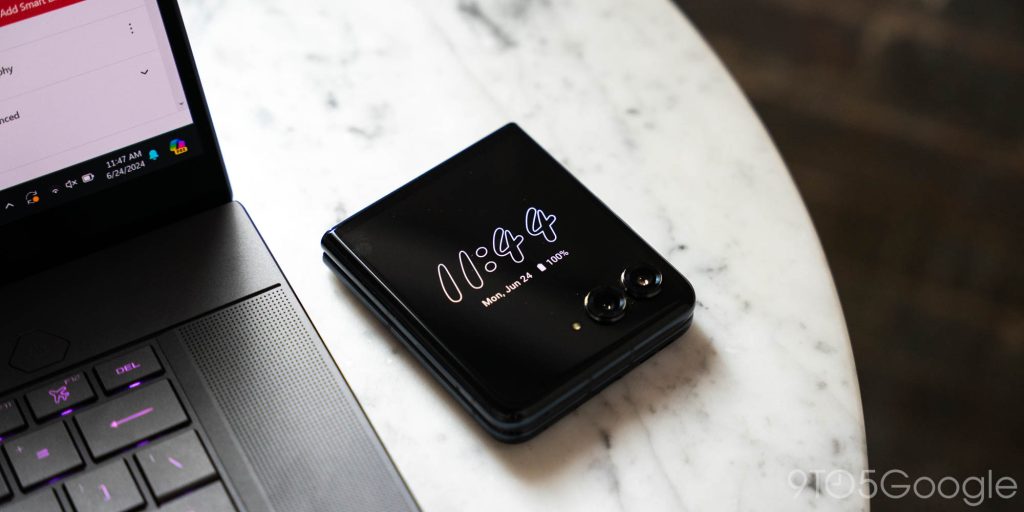
Using the Razr+, I really didn’t need to open the phone much. Everything can be done from the smaller front display, though the experience is reduced. That’s not to say you’ll do everything on the outer bezel, but it lets you send a quick text, check navigation without opening the phone, and ask Gemini a question in a matter of seconds.
The internal display is FHD+ on both devices, although the Razr can only reach 120Hz. The Razr+ reaches 165Hz. Motorola has done a good job of keeping the bezels thin and ensuring that the internal display offers a good experience. There is nothing fundamentally different about these internal screens. Again, the only thing that has really changed is the visibility of the crease. It’s there, no doubt, but it’s surely improved in the 2024 edition of these phones.

Where the phones start to differ from each other is in the internal specifications. The Motorola Razr+ 2024 uses a Snapdragon 8s Gen 3 for its performance balance in AI-rich features, which the Razr and Razr don’t yet fully have. Motorola notes that a few upcoming AI features are in the works, including an Apple-style notification summary.
The Razr brings a MediaTek Dimensity 7300X, which contributes to its lower cost. Where the Razr wins is in the battery department, where a clean 4,200 mAh is slightly better than the Razr+’s 4,000 mAh.
The camera array consists of a 50MP primary shooter for both phones and a 2x telephoto lens on the Razr+. The Razr uses an ultra-wide sensor in the secondary unit. Motorola’s reasoning for ditching the ultra-wide lens on the Razr+ was due to the use case trend seen in last year’s phones. Apparently, users often choose to take portraits rather than ultra-wide photos. This year, adding a third camera to the foldable was apparently not an option.
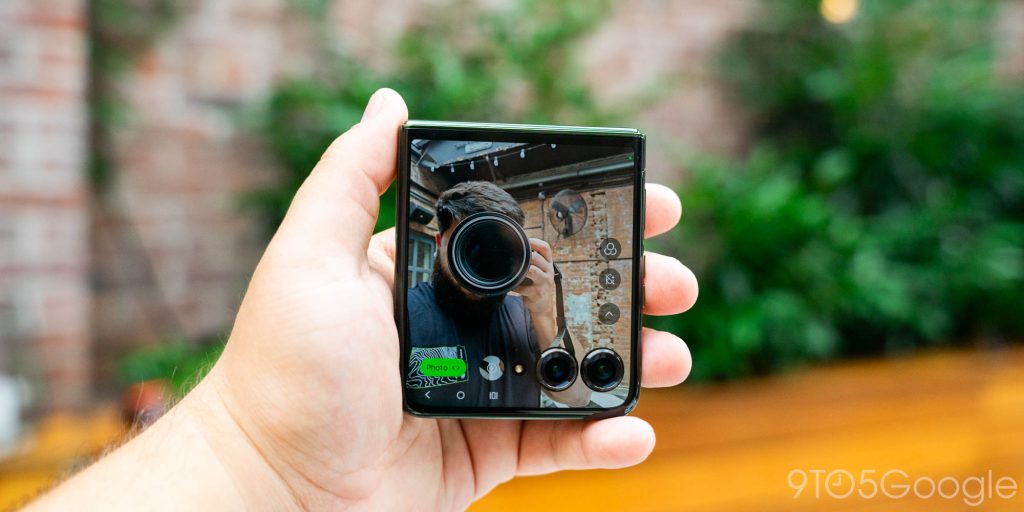

Both devices run Android 14 directly and Motorola promises 3 years of OS upgrades with 4 years of software support. It’s worth noting that last year’s Razr+ has yet to see Android 14, and it’s unclear when that will arrive. Motorola has had trouble keeping up with new OS releases, which is one of the only potential downsides to these phones.
The build of the Motorola Razr+ 2024 is very similar to last year, and the Razr feels much more solid than the previous generation. It’s a very visually pleasing duo, especially in the different colors chosen by Motorola. Each colorway has a slightly different vegan leather texture, with the gorgeous Spring Green having a stressed leather look while the iconic early 2000s Pink looks more like fabric. The Razr+ is also available in Midnight Blue and Peach Fuzz, while the Razr will be available in Beach Sand, Koala Gray and Spritz Orange. Each colorway looks phenomenal in person.
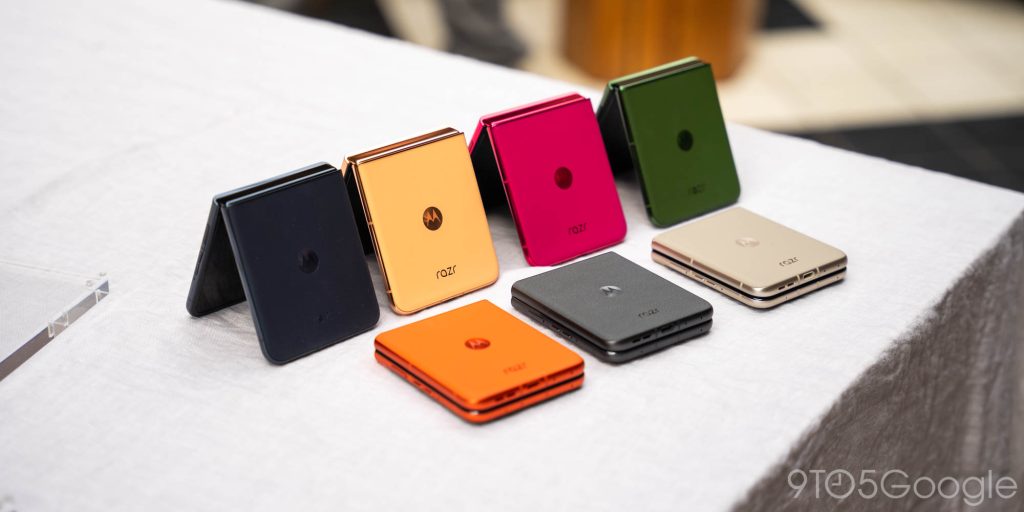
The Razr will be available on July 10 for $699, while the Razr+ will be available for $999. Both should be promising entries into the growing foldable space.
FTC: We use automatic, revenue-generating affiliate links. More.